Global financial markets are facing a week that could reshape the short-term landscape, as uncertainties from the heated geopolitical chessboard in the Middle East and complex calculations at the US Federal Reserve meeting simultaneously test investors' endurance.
Last week's trading session sounded the alarm bell, as indices were all red, and the question of whether "buying the dip" is still a wise strategy was put on the scale again.
Weekend shock and the obsession with "bottom fishing"
Friday’s sudden sell-off sent many investors reeling. Without it, major U.S. indexes might have ended the week up at least 0.5%. Instead, all gains were wiped out.
Specifically, the S&P 500 closed Friday at 45,977 points (down 0.4% for the week), the Dow Jones stopped at 42,198 points (down 1.2%), the Nasdaq Composite reached 19,407 points (down 0.7%), the Nasdaq-100 at 21,631 points (down 0.7%) and the Russell 2000 closed at 2,101 points (down 1.2%).
History shows that the "buy the dip" strategy often works. Most recently, after the S&P 500's 10% drop on April 2, when President Trump announced his tariff plans, the index rebounded strongly, recording a 23.6% gain as of last Friday from its April low of 4,835.04. Without the weekend drop, the gain since April could have been as much as 25%.
Is this week a chance to “buy the bottom”? Maybe. The market’s plunge has been largely blamed on an overreaction to escalating tensions in the Middle East and a weak consumer confidence report from the University of Michigan. Indeed, futures data as of Sunday evening ET showed some investors were buying, despite the ongoing standoff between Israel and Iran. But the gains have been slow, reflecting the overall cautiousness.
Middle East: The fuse is always waiting
Developments in the Middle East are at the center of concern. According to sources, Israel has carried out large-scale airstrikes targeting Iranian military , scientific and command facilities. In response, Iran has also launched a series of missiles into Israeli territory.
Hopes for a ceasefire remain, but serious risks remain, including the possibility of nuclear weapons being used, the possibility of an Israeli attack on Iran's key oil port of Kharg, and the risk of Iran blocking the Strait of Hormuz, causing serious disruption to global oil and liquefied natural gas markets.
Oil prices responded immediately, rising 7% to $72.98 a barrel on Friday and continuing to climb more than $2 a barrel in futures trading Sunday evening. The scenario is reminiscent of the first Gulf War in 1991, when the market rallied strongly after it became clear that the US-led coalition would win. Although stocks fell sharply when the bombs began falling, the S&P 500 then rose 18.6% for 28 consecutive sessions, ending the year up 26.3%. But it is a risky bet, and anyone looking to “buy the bottom” needs to be very sober.
One thing to note is that some stocks are showing signs of being overvalued. Oracle (ORCL), for example, rose 23.7% last week alone, pushing its relative strength index (RSI) to 89, a warning sign. Conversely, airline and cruise stocks like Delta Air Lines (DAL) and Carnival Corp (CCL) have been under pressure.

The Israel-Iran tension is the focus of the world as well as investors (Photo: Alarabiya).
The Fed and the problem of monetary policy under pressure
Amid geopolitical tensions, the event most closely watched by global investors this week is the US Federal Reserve's monetary policy meeting, taking place on Tuesday and Wednesday (June 17-18). The interest rate decision will be announced at 2 p.m. ET on Wednesday (1 a.m. Thursday Vietnam time), followed by a press conference by Chairman Jerome Powell 30 minutes later.
It’s worth noting that attention isn’t just on the interest rate decision – most economists expect the Fed to leave its key interest rate unchanged (which is currently in the 4-4.55% range according to some sources). The real flashpoint is the political backdrop and unprecedented pressure from the White House.
President Donald Trump has repeatedly criticized Fed Chairman Jerome Powell, saying the Fed has been too slow to respond to signs of economic slowdown and repeatedly calling for interest rate cuts.
Mr. Trump, a real estate developer who views rising interest rates as an “enemy,” has even hinted at firing Powell, though he later realized he may not have the legal authority. However, with Powell’s term ending in May next year, the president has made no secret of his intention to find a replacement sooner. Frequent attacks on the Truth Social platform have only added to the tension.
Will the Fed, an independent institution since 1951, bow to pressure? The Fed has always maintained its dual mandate of maintaining maximum employment and price stability. Since 2022, employment has been relatively stable, but inflation has been above its 2% target. So Chairman Powell and his colleagues are likely to continue to maintain a cautious stance, emphasizing that the economy is too uncertain to ease monetary policy at this time.
Along with the interest rate decision, the Fed will release updated economic forecasts and the expected interest rate path (dot plot) for the next few years. This will be extremely important information, which can reveal the future policy direction and have a strong impact on global financial markets.
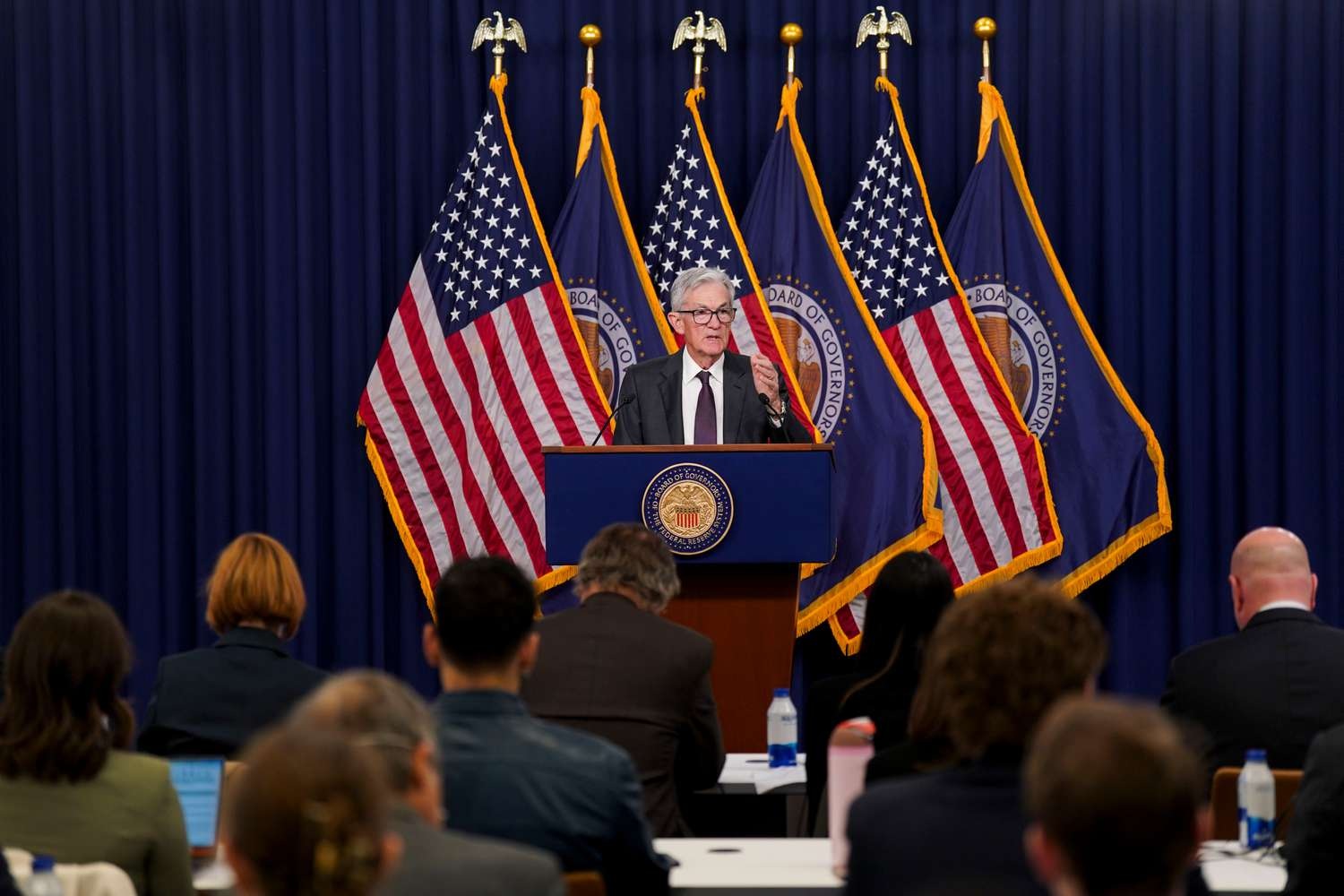
Fed Chairman Jerome Powell has repeatedly been criticized for being too slow to react to signs of economic decline (Photo: Getty).
This week, although the economic reporting and important events schedule is somewhat sparser because the US market will be closed on Thursday for the Juneteenth holiday, the Fed meeting is still a potential "trigger". Investors will have to carefully consider the fragile hope of "buying the bottom" against the obvious risks from both the geopolitical and monetary policy fronts.
While Mr. Powell tries to maintain the independence of the central bank, political pressure from President Trump will certainly make any move, even the Fed's "do nothing," more dramatic and unpredictable than ever. All eyes are on Washington, where a seemingly predictable decision could still rattle global markets. This week will require alertness, deep analysis and steely nerves from investors.
Source: https://dantri.com.vn/kinh-doanh/trung-dong-va-cuoc-hop-fed-2-noi-lo-lon-nhat-cua-gioi-dau-tu-tuan-nay-20250616150110684.htm








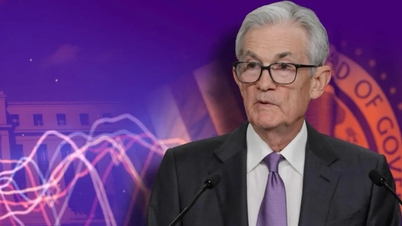


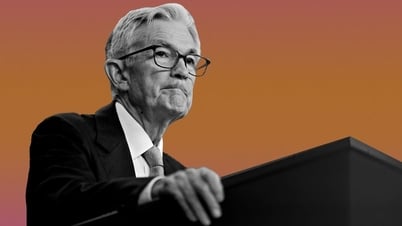
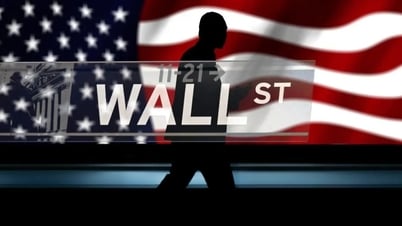
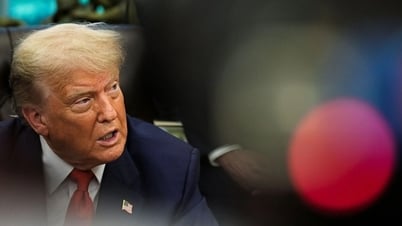

























![[Video] Hue Monuments reopen to welcome visitors](https://vphoto.vietnam.vn/thumb/402x226/vietnam/resource/IMAGE/2025/11/05/1762301089171_dung01-05-43-09still013-jpg.webp)






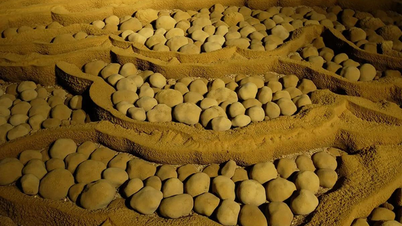





























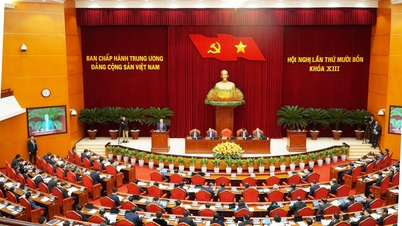

































Comment (0)